31 August 1778
Francesco returned home a day early after hearing about his father's recent illness episode. Piranesi was in the workshop, but not etching the Circus Maximus plan. Laura was doing the final touches there, while Piranesi was going through practically everything gathering more material for Ancient Circuses. Francesco accomplished a lot of good survey data on the Palace of the Caesars, and even brought back new survey data on the Circus of Eliogabalus. Piranesi was very pleased.
"I'm surprised those monks at Santa Croce let you work on their property. What did you have to do to get that?"
"I didn't have to do much of anything, and besides, I sleep in one monastery or another on most nights I'm not at home. I even usually stay for breakfast."
At that Piranesi literally threw a book at his son, and yelled for all to hear, "My whole family is poisoning me! Bruno, next time they serve me that soup, you'll have to taste it first."
Everyone in the workshop burst out laughinhg, including Piranesi.
31 August 1977
Wednesday Golden House of Nero [didn't happen] Baths of Caracalla [didn't happen] Colosseum San Ignazio Pantheon Palazzo Farnese San Ivo [didn't happen]
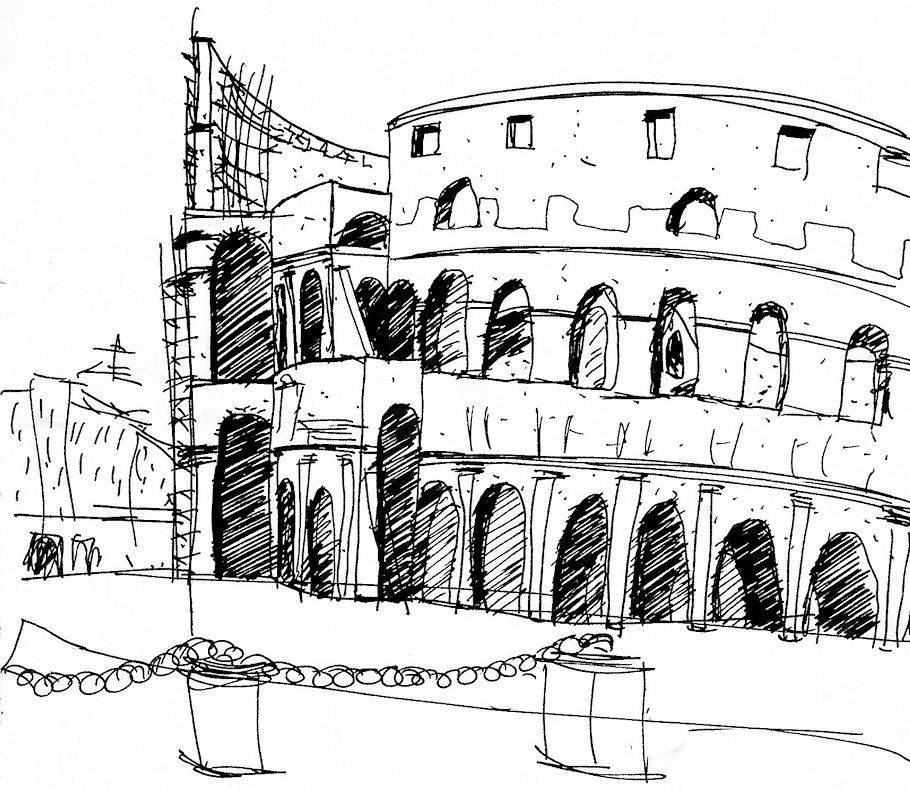
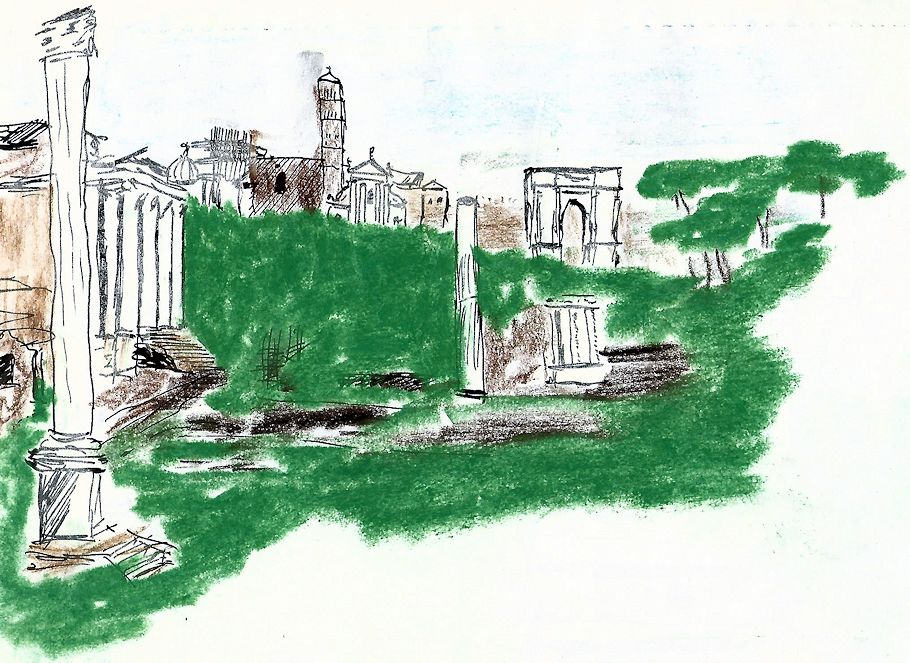

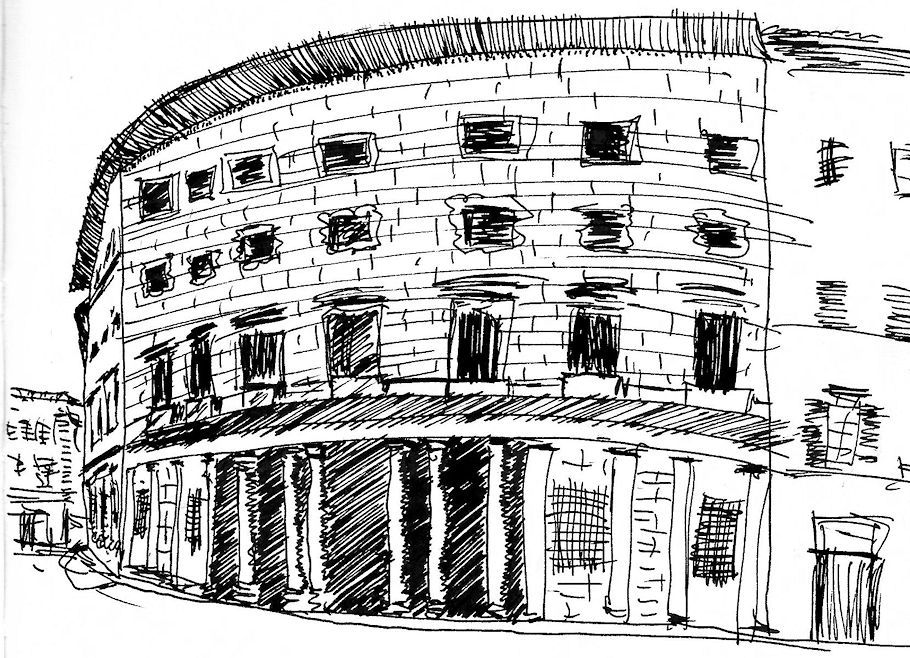
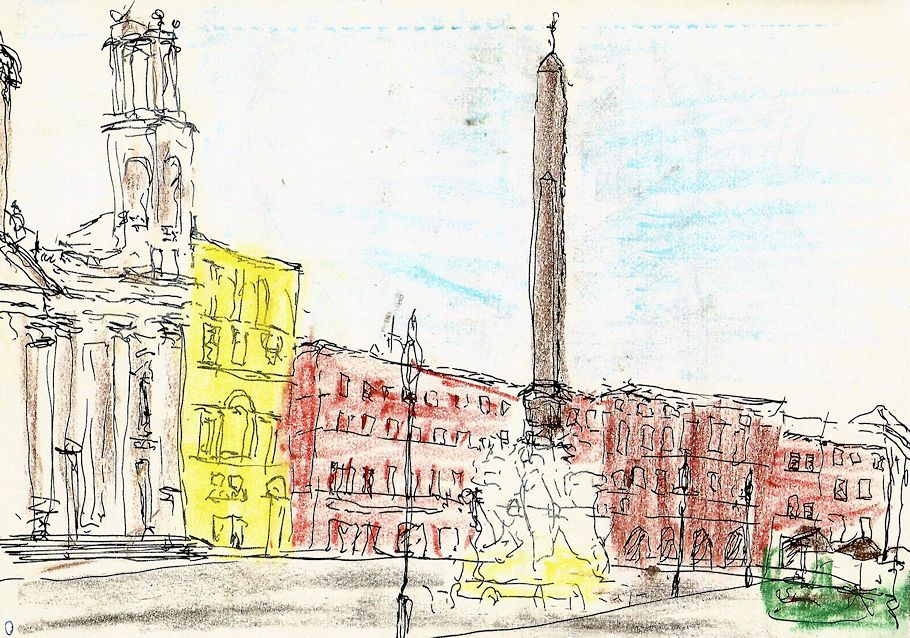
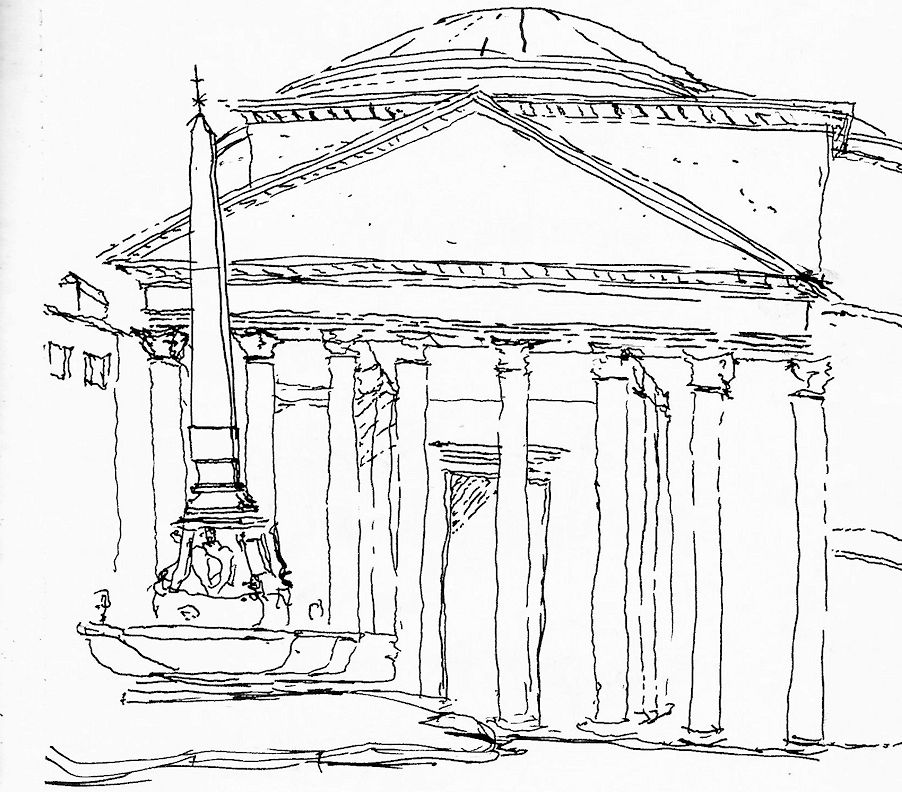
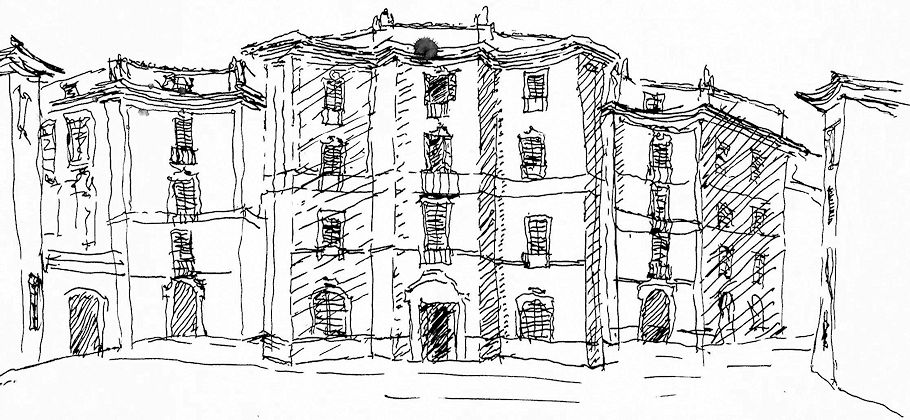
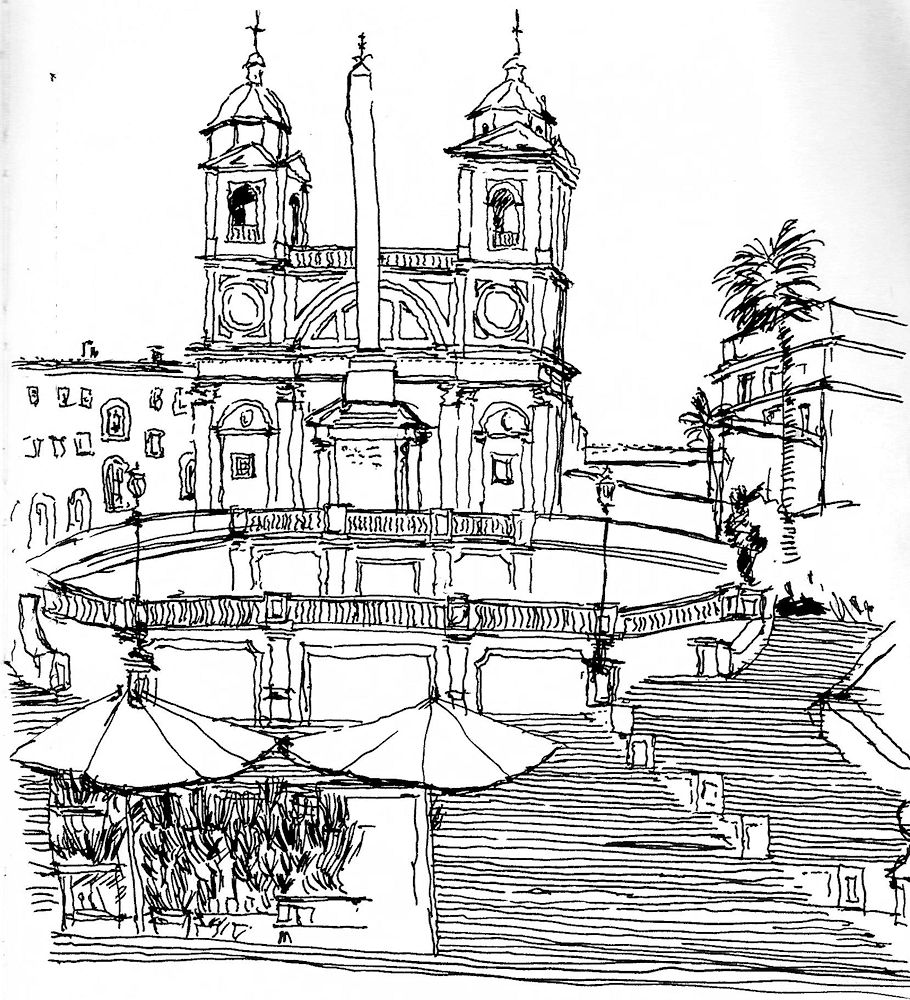
31 August 1997
Death of Princess Diana.
31 August 2012
"The Objectification of the Deterritorialized Whole[nesses]"
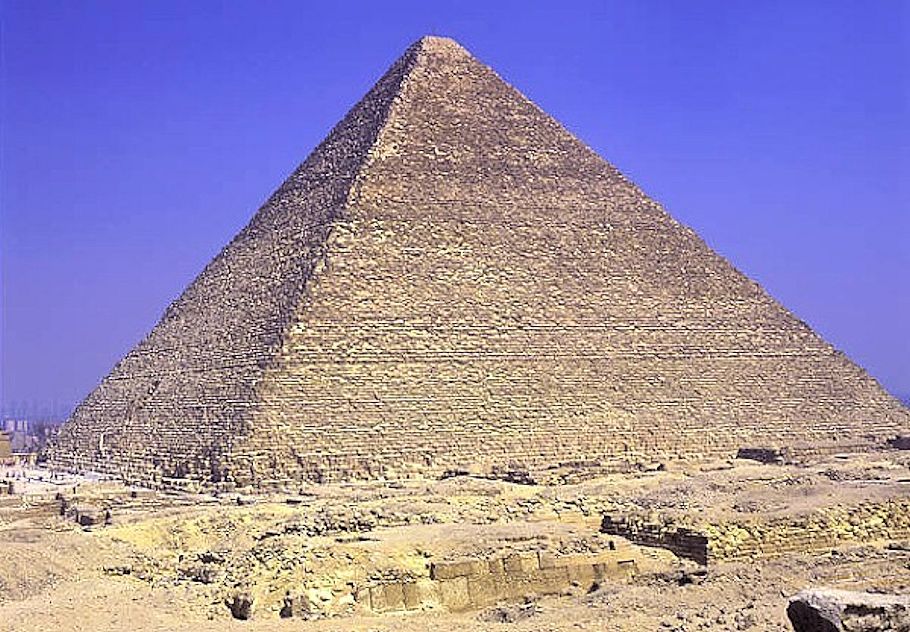
extreme wholeness
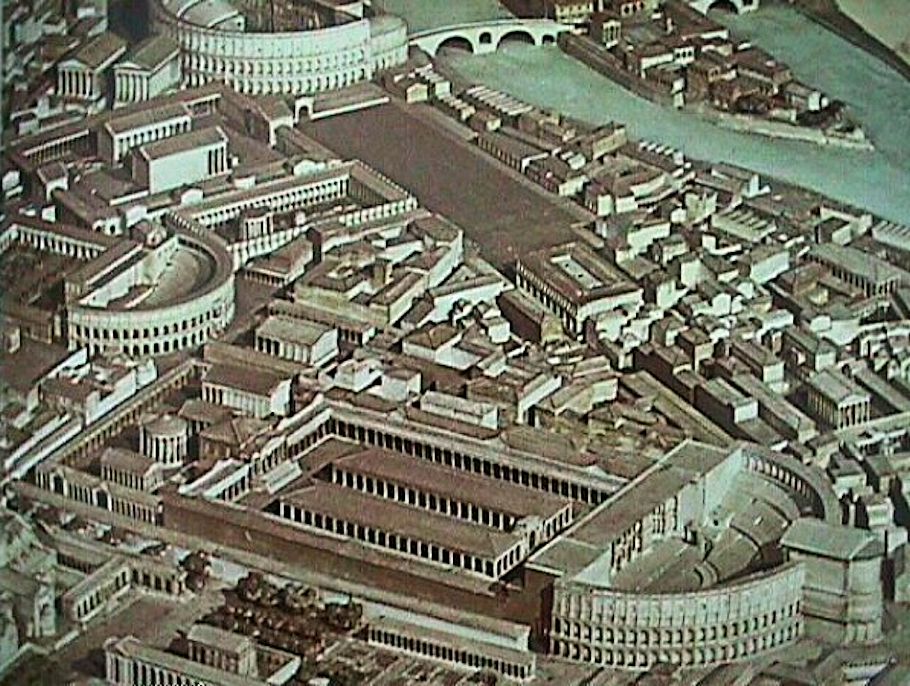
fertile wholeness
31 August 2022
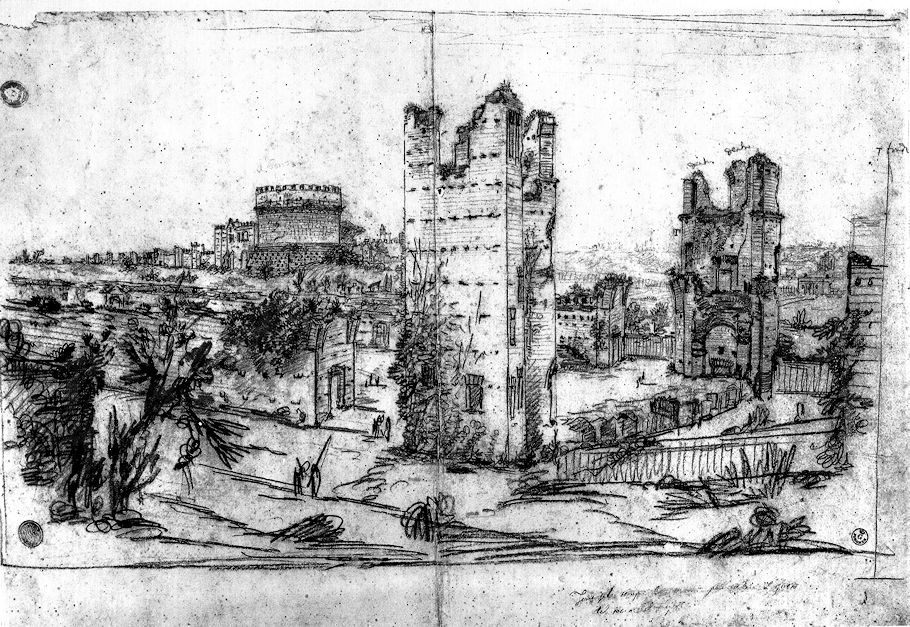
Circuses, baths, palaces. The inventory of 1800 recalls other nuclei of graphic material on individual monuments. The circus of Maxentius, or of Caracalla is remembered in March 1775, when Sir Roger Newdigate asked Piranesi to borrow a drawing ("his Plan of the Circus of Caracalla") to make a inspection34; a large red pencil drawing with a view of the ruins of the circus [of Maxentius/Caracalla] and Cecilia Metella, which was never engraved, is preserved among the Piranesian drawings in the Uffizi35. The 150 drawings of the baths of Caracalla, Diocletian and Titus were accompanied by descriptive texts, making the hypothesis of one or more series of etchings or monographic volumes plausible, which Ridolfino Venuti also suggests, then perhaps set aside by the rapid succession, in the early 1770s, of the publications of Charles Cameron and Ludovico Mirri36. The presence of drawings from the Caprarola palace, which in the eighteenth century was a significant stable in the grand tour, and whose lasting fortune is attested by the publication of the frescoes by the Zuccari, and by the architectural plates of Giuseppe Vasi37. Vasi's commitment could suggest Piranesi's intention to enter into direct commercial competition with his main antagonist on the Roman market of the time.
Mario Bevilacqua, "Piranesi 1778. Ricerche interrotte, opere perdute" in V. Cazzato, S. Roberto, M. Bevilacqua (a cura di), Il teatro delle arti. Saggi in onore di Marcello Fagiolo per 50 anni di studi, II, Roma, Gangemi 2014, p. 796.
|










